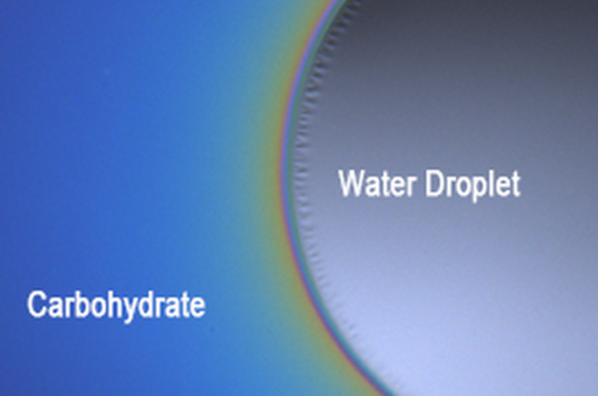Nestlé claims credit for ‘major advance’ in beverage powder solubility

Proper dissolution of powders is crucial for providing consumers with a smooth, appealing beverage that ensures adequate nutrient delivery and uptake.
“Unfortunately, incomplete dissolution, with concomitant formation of lumps, can arise during the development of new, nutritious powdered food products,” Nestlé says.
“The mechanisms underlying the problem are complex and have hitherto been poorly understood,” the multinational adds; two Nestlé scientists formed part of a team whose study was published in the journal Physical Review Letters last month.
'We are already using these findings': Nestlé
Dr. Marco Ramaioli from the Nestlé Research Center, one of the co-authors, told BeverageDaily.com: Nestlé and the ESPCI have developed an approach to predict how fast a food surface will wet, hydrate and dissolve. This approach is general, and can be applied to all amorphous (i.e. non crystalline) carbohydrate ingredients.
"This basic science provides important insights to understanding the dissolution of real, complex food products. We are already using these findings in the development of new beverage recipes that are more nutritious, but can be more difficult to dissolve," he added.
Asked if the science was proprietary, Ramaioli said: "The science is not proprietary in the sense of patented, but we consider that our scientific know-how helps to give us a competitive edge."
Mechanisms poorly understood, until now…
The collaboration between the Nestlé Research Center (NRC) in Lausanne, Switzerland and the ESPCI Paris Tech Ecolé Supériere de Physique and Chimie Industriellles, in Paris, France discovered the new mechanism whereby water wets then dissolves solids.
Successful dissolution of the powder depends on the physical and chemical nature of both substrate (sugar, in this case) and solvent (water).
The scientists examined the contact between a water droplet and a thin layer of a long-chain sugar (in an amorphous state, without an organized molecular structure) coating a smooth surface.
Two synchronized video cameras measured the angle of contact and speed of the water droplet as it spread over the surface of the sugar layer.
The water’s absorption and diffusion in the sugar was also measured by analyzing color changes in reflected light.
Mathematical theory will help predict dissolution
“This study shows for the first time that the manner in which a water droplet spreads over a non-crystalline substrate, such as maltodextrin, strongly depends on the amount of water absorbed and on the softness of the substrate in the immediate vicinity of the water droplet.”
“The current work is an important step towards mastering the dissolution of powdered food products. The quantitative theory which was developed will allow the conditions of dissolution of different soluble substrates to be predicted with greater accuracy,” it added.
Title: ‘Glass Transition Accelerates the Spreading of Polar Solvents on a Soluble Polymer’
Authors: Dupas, J, Veneuil, E, Van Landeghem, M., Bresson, B., Forny, L., Ramaioli, M., Lequeux, F., Talini, L.
Source: Physical Review Letters, Published May 6 2014, http://journals.aps.org/prl/abstract/10.1103/PhysRevLett.112.188302







